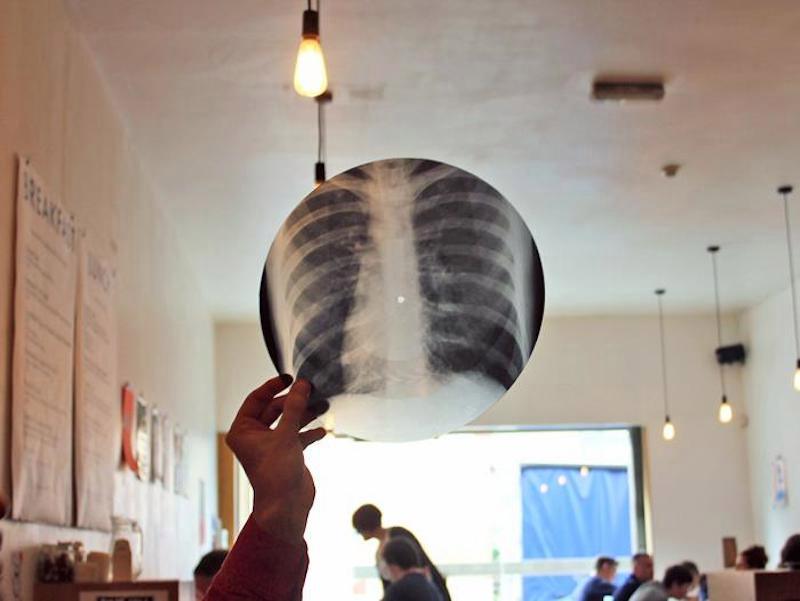|
|
|
|
|
|
|
 |
|

|
| otarafa: Gargamelin Mekanı | butarafa: Zorlu Center Açık Havada Sineması |
|
Soviet “hipsters” secretly shared Western music by pressing homemade records on X-rays
|
|
Still, it’s not just geography that’s limited people from hearing rock ‘n’ roll. For those living in the U.S.S.R. at the time, Stalin’s government had totally restricted the dissemination of Western music. But there was one group of people called “stilyagi” (or “hipsters,” as we’d call them today) who were able to effectively distribute and keep such music alive in the Soviet Union using one of the sneakiest, most inventive ways imaginable: They’d press records on disposed X-Rays, which they collected en masse from hospital dumpsters. These homemade records, dubbed “bone music,” didn’t actually cost much to manufacture, and eventually spawned an entire network of underground distributors |

|
boşlukları doldurun
bunlara da göz atabilirsiniz:
|
| otarafa: Gargamelin Mekanı | butarafa: Zorlu Center Açık Havada Sineması |
| iletişim - şikayet - kullanıcı sözleşmesi - gizlilik şartları |

